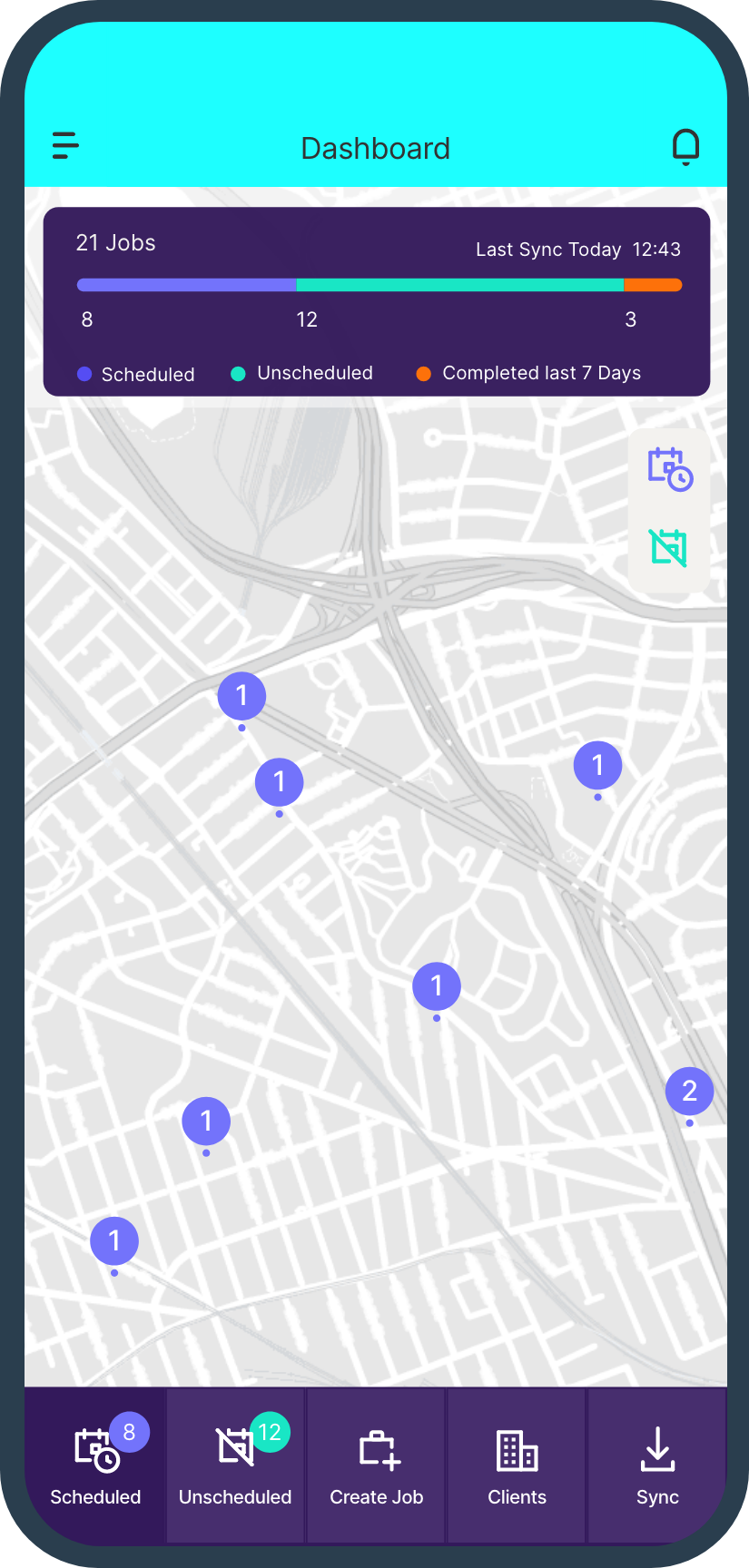When we speak with companies looking to make the move and go paperless, we often get asked what’s the difference between cloud-based and on-premise (installed) software. The below article will give an overview of the differences:
Cloud-based Vs On Premise-Software
Cloud-based software does not require any complicated installations. Typically all you have to do is to log in to a web portal or download a mobile application. Cloud-based software is typically delivered as a subscription model called Software as a Service (SaaS). Essentially, a SaaS company such as Klipboard, will charge you a subscription fee usually for 12 months to access the software and pricing is typically based on actual usage, such as the number of users or features needed. On-premise software works differently, you will pay for the installation for the software on your premises and on all your users devices. The cost will include not only usage and features but will cover implementation costs (i.e. project management). Usually, on-premise software will require a longer term commitment than a cloud-based provider.
Benefits of Cloud-Based Field Management Service Platform:
Cost
Cloud-based SaaS is usually more cost effective than on-premise software with the cost determined largely on usage i.e. users and features. Another key benefit is that a good SaaS provider will make continuous and instantaneous updates to their product throughout your subscription and these product updates will usually be free of charge. Feature updates are typically released with training support such as webinar sessions and video content to ensure you get best use out of the feature. With cloud-based software you will have more flexible subscription plans with providers allowing for yearly or even monthly plans.
On-premise software differs in cost with the expense reflecting not only features and usage i.e. number of users, but also costs for installation, project management and training. With on-premise software, product updates may cost additional if it’s not part of your agreement. These updates will not be instantaneous like cloud-based software as the updates will need to be installed directly within on your devices with deployment varying based on complexity of update. Due to the higher setup costs with on-premise software, contracts will typically be multi-year commitments to justify the setup costs.
Quick and Easy Implementation
Cloud-based software can often be deployed instantly, such is the nature of the cloud technology. Typically you will be given access to a web application and/or a tablet app and the only need for implementation will be for instances such as adding data, ie customer information or when integrating with 3rd party systems, such as invoicing software. At Klipboard we have released two features, Client Batch Upload and Xero integration to make this implementation even faster.
On-premise software works according to a different implementation logic, your provider will need to install their software onto your computers which will take longer to do. You will be assigned project managers who will scope your requirements and manage your implementation. These installations can be highly customized which can be more feature rich and bespoke for your needs but in the same token, it will take longer to set up than cloud-based software.
On-Going Support
Support varies from provider to provider. Cloud-based software providers are reliant on their customers to continue to renew their subscriptions year after year in order for their company to grow. Providing excellent service and support to their customers is therefore vital if the company is to succeed. With on-premise providers, there is generally less focus on retention as the business model is not as dependent on annual renewal as the contract term commitments are generally longer. On-premise providers are also generally of the time before “Customer Success” which is the relentless focus of ensuring customers succeed in using their product.
Customer Success is the role within a cloud-based software company which is focussed on managing the relationship between a vendor and its customers. The idea behind Customer Success is to ensure the customer is as successful as possible with using the software. This in turn improves customer retention ensuring maximum lifetime value for the vendor. A Customer Success Manager will be responsible for managing the Customer Success function.
Customer Success Managers are an important resource within cloud-based providers. A Customer Success Manager will provide onboarding training, planned quarterly reviews, community webinars and act as a point of feedback for feature requests. With on-premise software it is unlikely you will be assigned a Customer Success Manager, instead you will receive an account manager who will support you mainly during implementation. It’s also typical with cloud-based providers to provide a ‘Help Center’ of support resources and live chat functionality for admin users. Again support may vary from company to company so it is important to understand what kind of support you will receive.
Cloud-based providers will be using modern technologies and secure cloud hosting so you should expect at least 99.99% uptime. This should also be the case for on-premise software but there can be instances where on-premise providers use outdated technologies (i.e. old servers) which can diminish performance and possibly even be vulnerable to security threats if there is no regular maintenance carried out.
Conclusion
In short, cloud-based providers will often be more a cost efficient option, have more flexible subscription terms, be quicker to implement and have a strong focus on Customer Success to ensure you are a happy customer for as long as possible. The potential benefit with on-premise software is that it can often be implemented in a more bespoke way which may be more valuable in particular instances – but you will more than likely pay a premium cost for it.
Whatever provider you decide upon, whether its cloud-based or on-premise, it’s important to understand what you pay for, how does the implementation look and what ongoing support you will receive.

